Nanofluid (Single-phase) in Microchannel Heat Sink CFD Simulation, ANSYS Fluent Training
Nanofluid (Single-phase) in Microchannel Heat Sink CFD Simulation, ANSYS Fluent Training
- Upon ordering this product, you will be provided with a geometry file, a mesh file, and an in-depth Training Video that offers a step-by-step training on the simulation process.
- For any more inquiries regarding the product, please do not hesitate to reach out to us at info@CFDLAND.com or through our online support assistant.
€160.00 Original price was: €160.00.€95.00Current price is: €95.00.
Nanofluids, built suspensions of nanoparticles in a base fluid, are a novel way to improve microchannel heat sink thermal performance. These metal, oxide, or carbide nanoparticles boost the thermal conductivity of the base fluid in single-phase nanofluid applications, enhancing heat transfer efficiency. Nanofluid flowing through microchannels has excellent convective heat transfer, making it perfect for cooling high-performance electronic devices and systems. While there are numerous studies in this field, a reference paper entitled “ Numerical study of microchannel heat sink performance using nanofluids [1] “ is selected to guide us through CFD simulation of Nanofluid in microchannel heat sink considering a single-phase approach.
- Reference [1]: Yang, Yue-Tzu, et al. “Numerical study of microchannel heat sink performance using nanofluids.” International Communications in Heat and Mass Transfer57 (2014): 27-35.
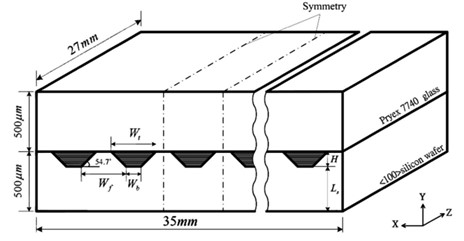
Figure 1: Schematic diagram of the microchannel geometry [1]
Simulation Process
The design of the microchannel heat sink is taken from the reference paper. Due to the symmetrical design of it, just a section of the model is created. Then, the work is completed by the generation of a structured grid using ANSYS Meshing software.
As implied in the title of the project, this single-phase approach needs proper calculation of nanofluid thermal properties. Also, the silicon wafer solid material of the microchannels depends on thermal conditions. Thus, the polynomial relation between thermal conductivity and temperature is defined. The received heat from the main heat sink is applied by means of a constant heat flux of 26800 W/m2 from the bottom level.
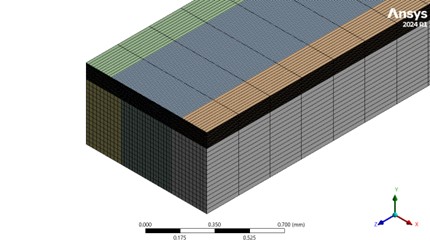
Figure 2: Structured grid over Nanofluid (Single-phase) in Microchannel Heat Sink CFD Simulation
Post-processing
The temperature distribution visualization from our CFD simulation clearly proves how nanofluids enhance thermal performance in microchannel heat sinks. As shown in the volume rendering, the temperature gradually increases from 293.1K at the inlet to 293.7K at the outlet, with most of the channel maintaining a moderate temperature around 293.4-293.6K. This narrow temperature range across the entire heat sink confirms the excellent heat transfer capabilities of the nanofluid. The measured inlet and outlet temperatures (293.15K and 293.35K respectively) show a modest 0.2K increase, indicating efficient heat absorption from the applied heat flux of 26800 W/m².
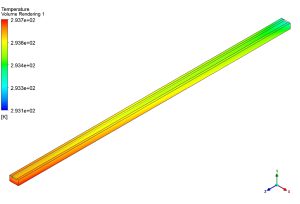
Figure 3: Temperature field Microchannel Heat Sink CFD Simulation
The calculated thermal resistance of 0.011698232 K/W represents a great improvement over conventional cooling fluids used in electronic cooling applications. This low resistance value quantifiably demonstrates the nanofluid’s superior thermal conductivity and its ability to maintain uniform temperatures throughout the microchannel geometry. The volume rendering visualization further supports this finding, showing consistent heat dissipation with minimal hot spots, which is crucial for preventing thermal damage in sensitive electronic components. The single-phase approach successfully captures the enhanced heat transfer coefficient of nanofluids.
We pride ourselves on presenting unique products at CFDLAND. We stand out for our scientific rigor and validity. Our products are not based on guesswork or theoretical assumptions like many others. Instead, most of our products are validated using experimental or numerical data from valued scientific journals. Even if direct validation isn’t possible, we build our models and assumptions on the latest research, typically using reference articles to approximate reality.
Yes, we’ll be here . If you have trouble loading files, having technical problems, or have any questions about how to use our products, our technical support team is here to help.
You can load geometry and mesh files, as well as case and data files, using any version of ANSYS Fluent.
€190.00 Original price was: €190.00.€95.00Current price is: €95.00.

€240.00 Original price was: €240.00.€125.00Current price is: €125.00.

€185.00 Original price was: €185.00.€135.00Current price is: €135.00.

€120.00 Original price was: €120.00.€65.00Current price is: €65.00.

€240.00 Original price was: €240.00.€115.00Current price is: €115.00.

€200.00 Original price was: €200.00.€125.00Current price is: €125.00.



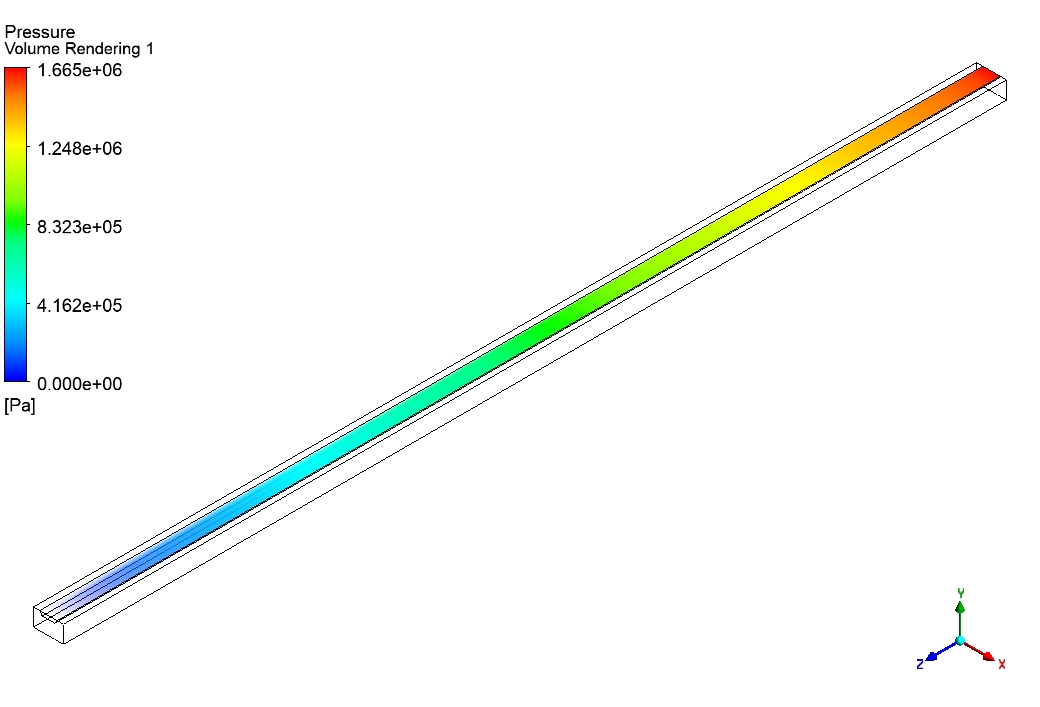
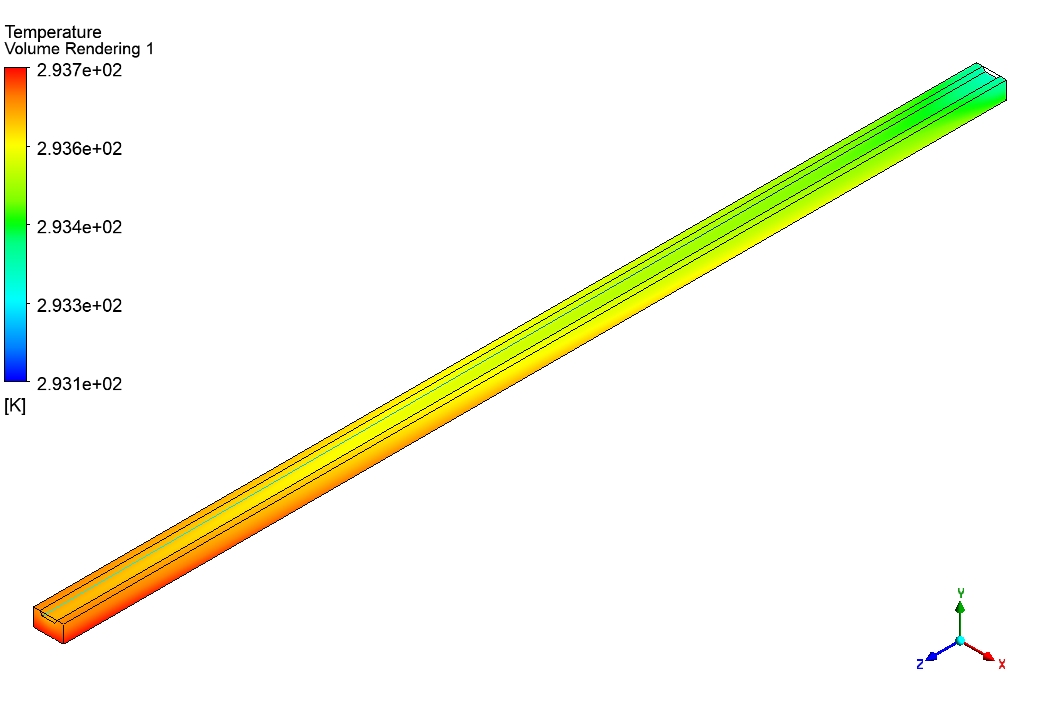
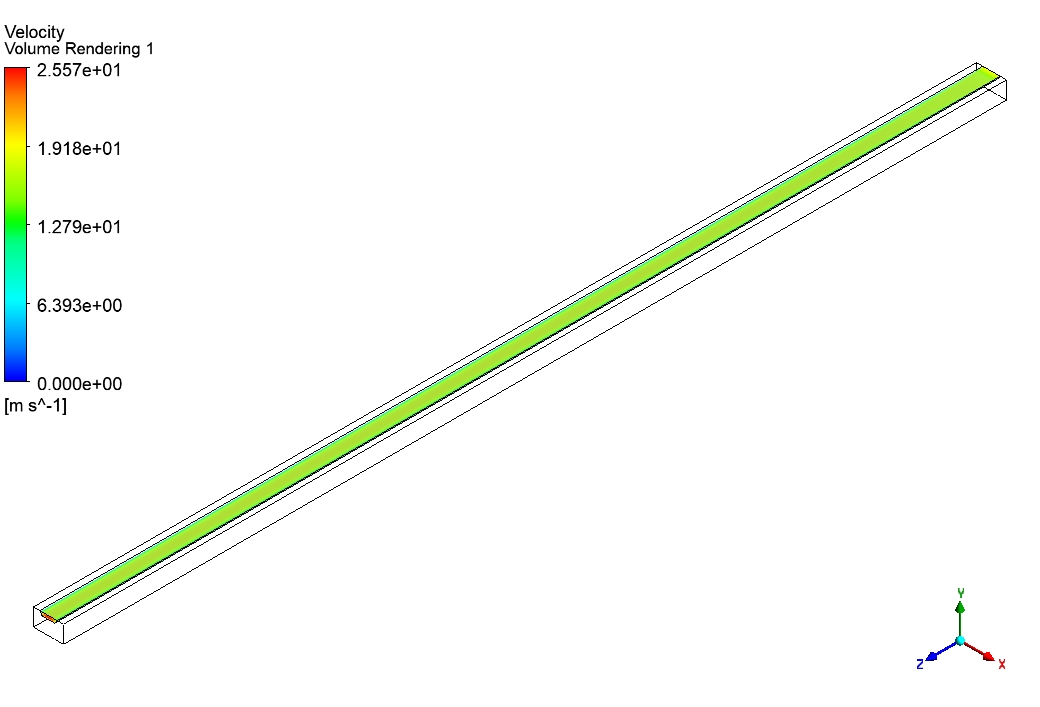






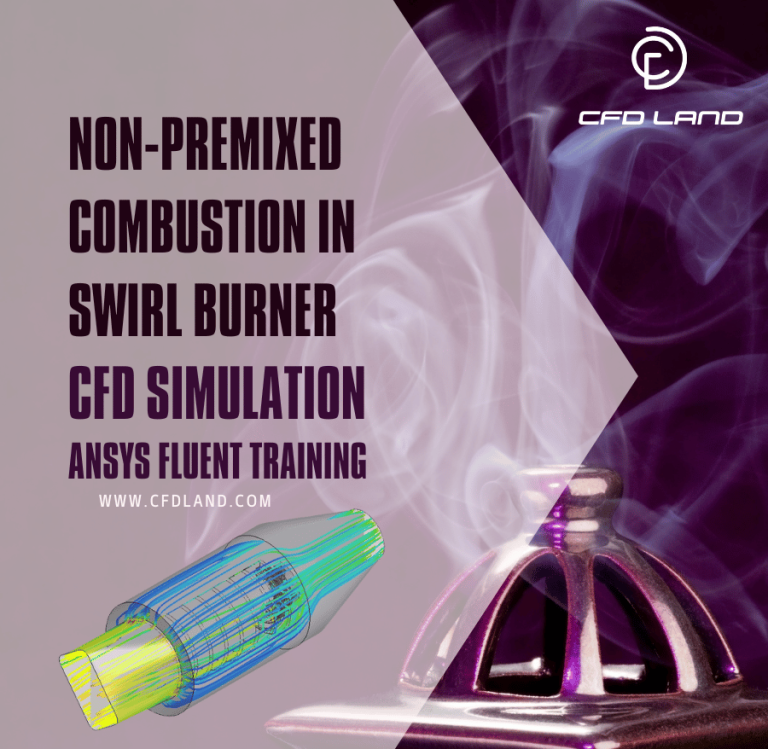
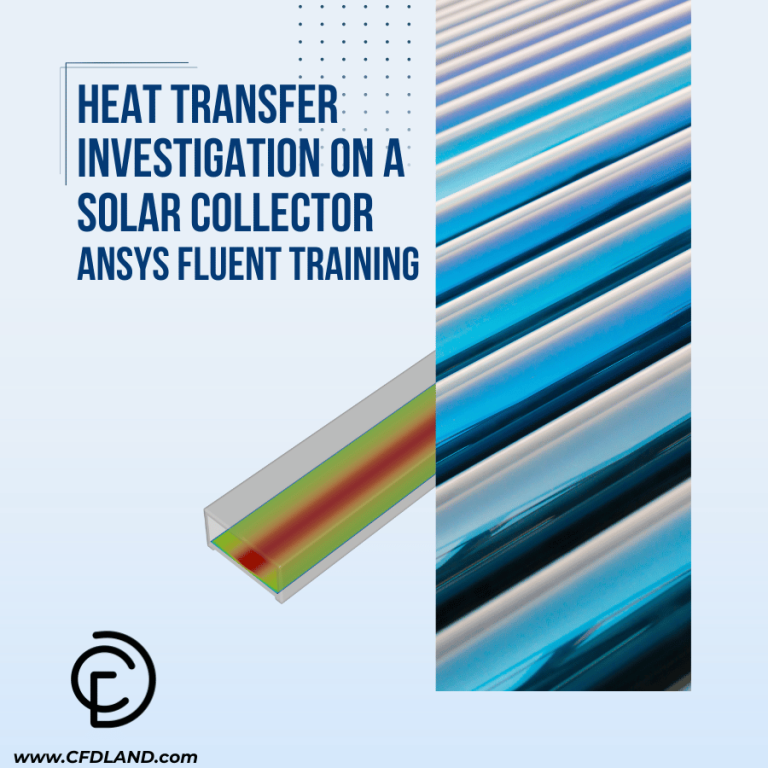



Reviews
There are no reviews yet.